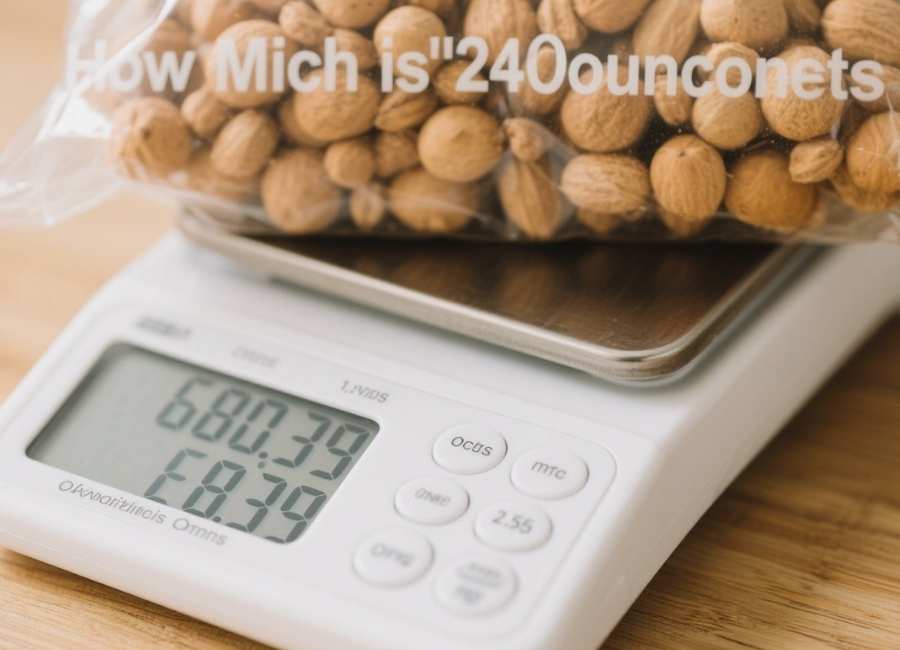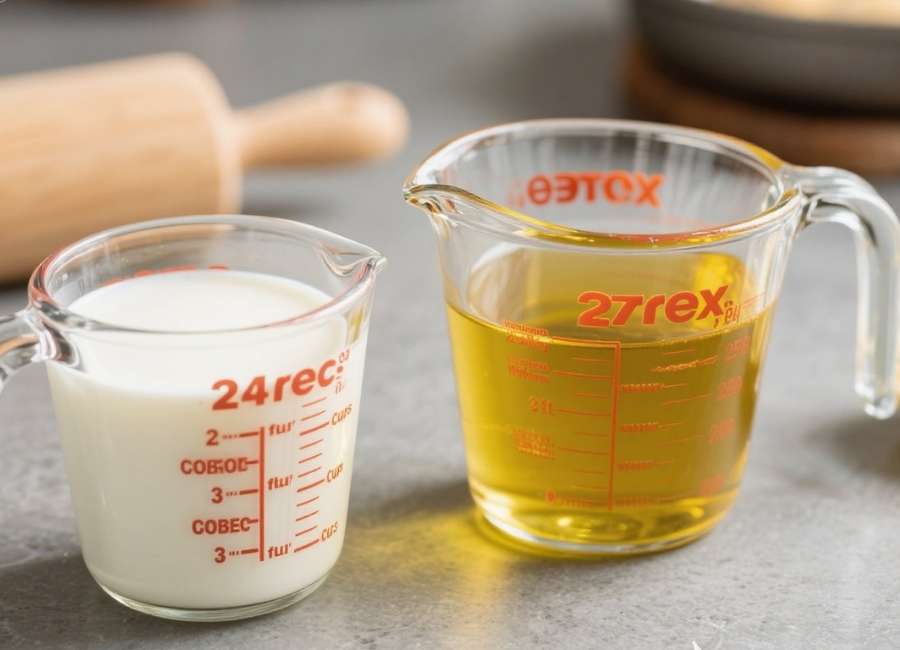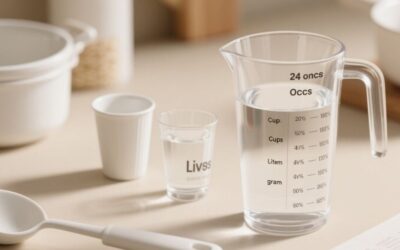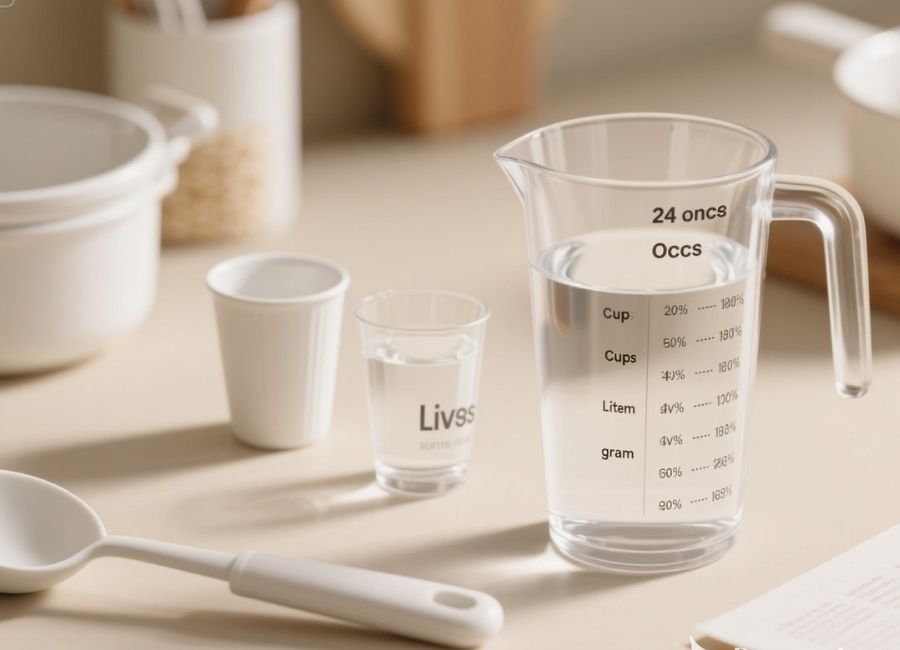Whether you’re measuring for a recipe, figuring out how much water to drink, or simply trying to convert ounces into other units, you may find yourself asking, “How much is 24 ounces?” Understanding measurement conversions can save you time and help you make informed decisions in your daily life. This guide will break down exactly what 24 ounces equals in various contexts—from liquid and solid measurements to practical applications like cooking and hydration.
By the end of this post, you’ll not only know how to convert 24 ounces but also how to apply this knowledge in creative, everyday scenarios.
Understanding the Basics of Ounces

Before we discuss specific conversions, it’s important to understand what an ounce is and why it matters. Ounces (abbreviated as “oz”) are a unit of measurement commonly used in the United States to quantify both liquid and solid substances.
There are two main types of ounces:
- Fluid Ounces (fl oz) – Used to measure the volume of liquids, such as water, coffee, or milk.
- Ounces (avoirdupois oz) – Used to measure the weight of solids, such as flour, sugar, or produce.
The type of ounce being referred to depends on the context. Remember, fluid ounces measure volume, while ounces measure weight.
How Much Is 24 Ounces of Liquid

When dealing with liquids, 24 fluid ounces measures volume rather than weight. To put this into perspective:
- 24 fluid ounces equals 3 cups. Since there are 8 fluid ounces in a standard US cup, simple multiplication (8 x 3) brings you to 24 fl oz.
- 24 fluid ounces equals 1.5 pints. A pint contains 16 fluid ounces, so 24 ounces is equivalent to one and a half pints.
If you’re dealing with larger measurements:
- 24 fluid ounces equals 0.75 quarts. There are 32 fluid ounces in a quart, so 24 fluid ounces are three-quarters of a quart.
- 24 fluid ounces equals 0.1875 gallons. There are 128 fluid ounces in a gallon, and 24 is roughly one-fifth of that.
Real-World Examples
- Drinks: A typical standard bottle of soda is about 20-24 fluid ounces, which means grabbing a 24 oz bottle is roughly the size of “large” drinks at restaurants.
- Water bottles: A reusable 24 oz water bottle is a practical daily hydration choice, as it allows you to keep track of your water intake. For example, if you’re aiming for the commonly recommended 64 ounces of water a day, you’ll need to fill up your 24 oz bottle about 2.5 times.
How Much Is 24 Ounces in Weight

When calculating the weight of 24 ounces, we are referring to avoirdupois ounces, which are standard in the US for most goods and groceries.
- 24 ounces equals 1.5 pounds. Why? Because there are 16 ounces in one pound. Divide 24 by 16, and you get 1.5 pounds.
- 24 ounces equals 680.39 grams. If you prefer the metric system, converting ounces into grams can be helpful. One ounce is equal to approximately 28.35 grams, so multiplying 24 by 28.35 gives you 680.39 grams.
Real-World Examples
- Produce: Imagine buying fruits or vegetables at the store. A medium-sized pineapple or two standard-sized sweet potatoes, for example, might weigh roughly 24 ounces (1.5 pounds).
- Protein servings: If a chef recommends a 24-ounce cut of steak, that’s a hefty portion, typically enough to serve at least two people.
Cooking Conversions for 24 Ounces

For those who love to cook or bake, understanding how to measure 24 ounces in recipes is a practical necessity. Here’s how to break it down for common ingredients:
24 Ounces of Liquid Ingredients
- Water or Milk: 24 fluid ounces equals 3 standard US cups.
- Oil: 24 fluid ounces of cooking oil is also equivalent to 3 cups. This is invaluable for recipes like frying batters or salad dressings.
24 Ounces of Dry Ingredients
For dry ingredients, the conversion depends on the type of ingredient because the weight can vary based on density.
- Flour: Approximately 5 cups of all-purpose flour equals 24 ounces.
- Sugar: Roughly 3 cups of granulated sugar make up 24 ounces.
- Rice: Around 3 to 3.5 cups of uncooked rice is equivalent to 24 ounces.
Cooking tip:
- Use a kitchen scale instead of relying solely on cups, especially for precision in baking. Certain ingredients like flour can be compacted, which might throw off the measurement if using scoops.
The Significance of 24 Ounces in Hydration
For those tracking their water, juice, or smoothie intake as part of a health routine, 24 ounces is a solid benchmark. Here’s how it fits into popular hydration goals:
- If you’re aiming for 64 ounces of water daily, drinking 24 ounces is close to 38% of your goal.
- Carrying around a 24-ounce water bottle ensures you stay hydrated efficiently, especially if you refill it twice a day.
Don’t forget, beverages like coffee and tea also contribute to your daily hydration—but watch out for added sugars in flavored drinks.
24 Ounces in Everyday Life
From portion sizes to staying hydrated, you’ll encounter 24 ounces more often than you might realize. Some common examples include:
- Coffee cups: Large coffeehouse drinks, like lattes or americanos, often come in 20-24 ounce options.
- Food packaging: A large bag of chips or a tub of yogurt might weigh close to 24 ounces (1.5 pounds).
Tools to Measure and Convert Ounces
Whether you’re in the kitchen or calculating shipping weights, having the right tools can make all the difference:
- Measuring Cups: Ideal for liquid conversions (e.g., 24 fluid ounces = 3 cups).
- Kitchen Scales: Perfect for dry ingredients and weight measurements (e.g., 24 ounces = 1.5 pounds).
- Conversion Apps: Handy apps and gadgets like calculators can simplify the math for quick answers.
Expanding Your Measurement Knowledge
Understanding measurements like “how much is 24 ounces” can save you time and effort in cooking, shopping, and even meeting health goals. Whether you’re managing ingredients, measuring your water intake, or purchasing groceries, knowing these conversions can streamline your life.
Now that you’re an expert on ounces, why not apply this knowledge in the kitchen or at the store? Try measuring and comparing 24 ounces in daily scenarios, from brewing coffee to portioning out meals.



















